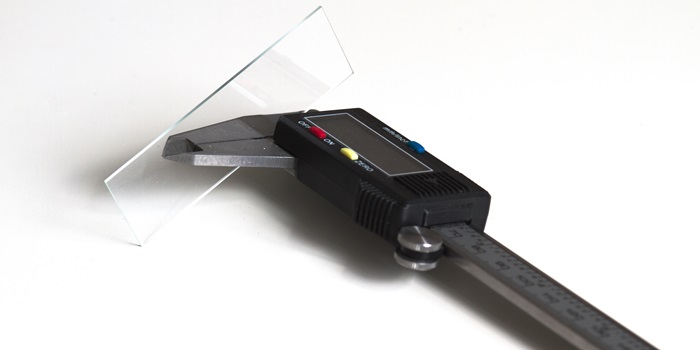11 AUG 15
By Vibeke Hempler
Highly sensitive measurements of biological samples can be realized by laser light in e.g. an optical microscope. However, light might also damage or alter the fragile biological samples.
In an article in Nature Photonics: “Ab initio quantum-enhanced optical phase estimation using real-time feedback control”, researchers from DTU Physics have now developed a new measurement scheme based on quantum light that helps to overcome this problem.
Measuring the phase of light is the basis of many measurement devices which measure for instance the length of an object, the concentration of gases, image biological samples in microscopes, test optical components, or probe surfaces of objects, etc. Usually standard, so-called coherent, laser light is used to perform phase measurements. The accuracy of such measurements is limited by the intrinsic noise, the shot-noise, of the laser, so the signal-to-noise ratio can only be improved by using more light. Especially biological samples can be fragile and the number of photons able to pass the sample before disturbing or even destroying it is limited. Thus, using the possible number of photons probing an object most efficiently is important to reach the best signal-to-noise ratio.
Quantum technology improves phase measurements
Surpassing the shot noise imposed by standard laser light is possible by using special quantum states. Such quantum states employ correlations between the photons, not existing in standard laser light, to reduce the noise in phase measurements below the shot noise. However, the generation and detection can be experimentally challenging, reducing the applicability in commercial devices.
Less demanding and more efficient
To achieve a performance beyond the shot noise, the DTU team around Ulrik L. Andersen and Tobias Gehring used so-called squeezed quantum states. Squeezed states are quantum states of light whose intrinsic phase fluctuations are reduced in comparison to the noise of laser light which enables a better accuracy of phase measurements.
In contrast to previously used quantum states whose generation is highly probabilistic [1], the generation of squeezed states is technologically well developed and deterministic. The deterministic generation and detection of squeezed states improves the efficiency of phase measurements in the low photon number regime, since the available measurement time is completely used and not wasted for waiting until the next quantum state is generated.
Furthermore squeezed states are quite robust against optical loss which is important since optical loss is inevitably introduced by many objects to be studied.
Adaptive measurement principle
The measurement protocol used by the team to measure the phase of the squeezed quantum states is based on an adaptive approach to achieve best performance over the whole dynamic range. After a first couple of measurements which are used to get a rough idea of the phase, the detection is adapted via a feedback scheme to its optimal working point. There the phase of the squeezed probe beam is measured with highest precision.
Using this adaptive measurement protocol the DTU researchers have shown that their proof-of-principle implementation works close to the theoretically optimal performance. Since the production of squeezed states is deterministic and squeezed-light sources are a mature technology, the presented research represents a major step towards practical use of quantum technology.
[1] G. Y. Xiang, et al., Nat. Photonics 5, 43 (2010).















